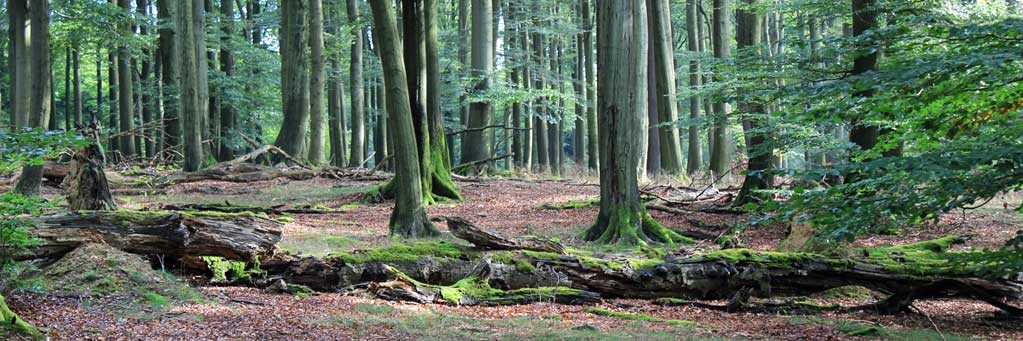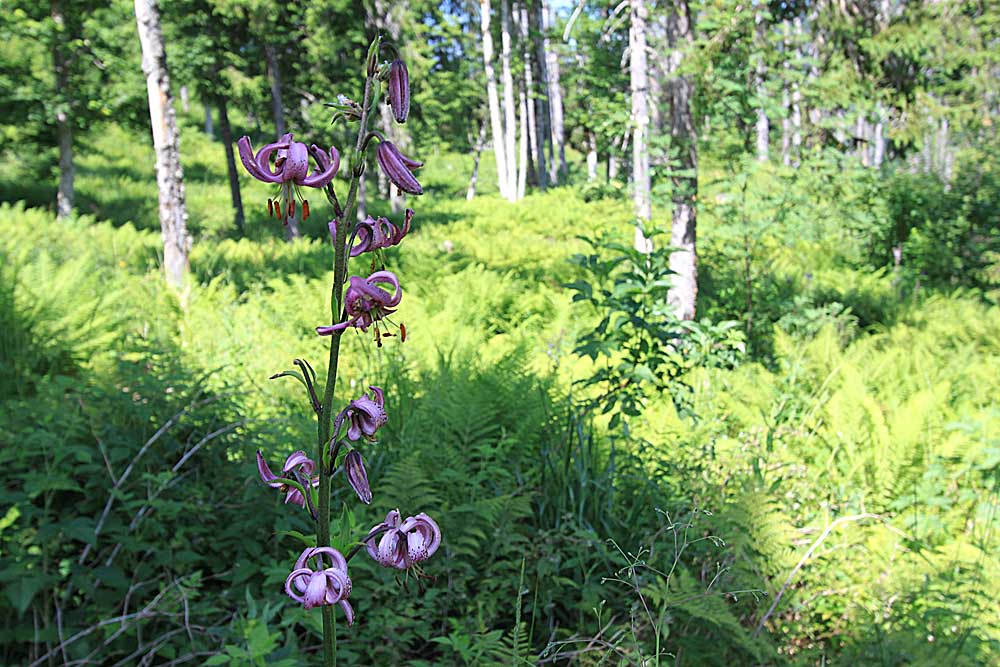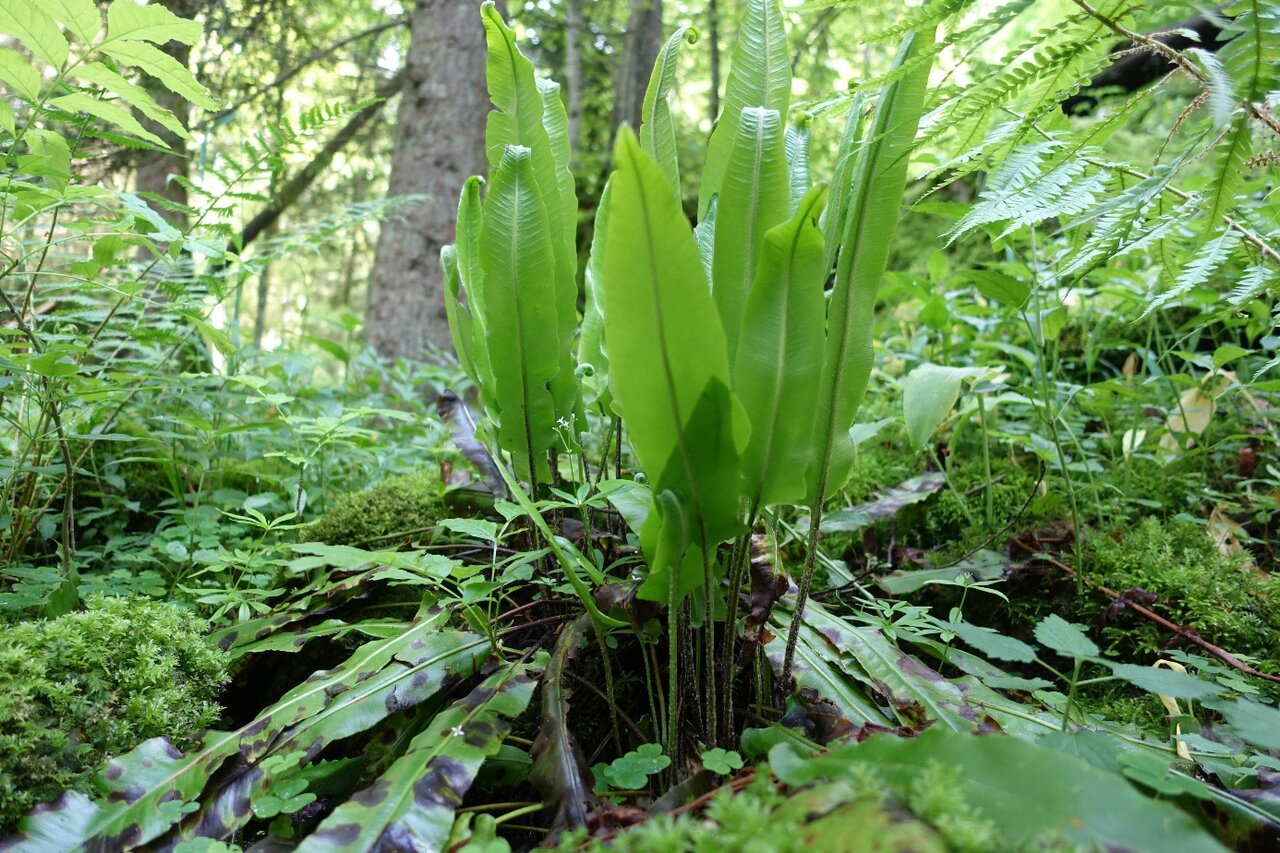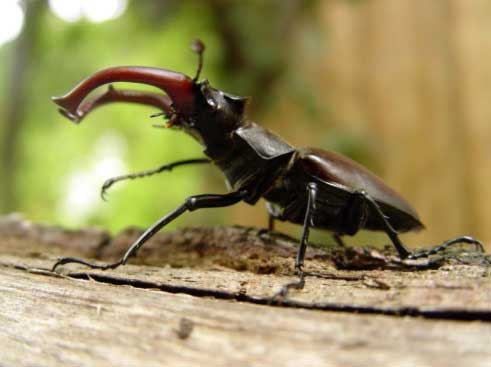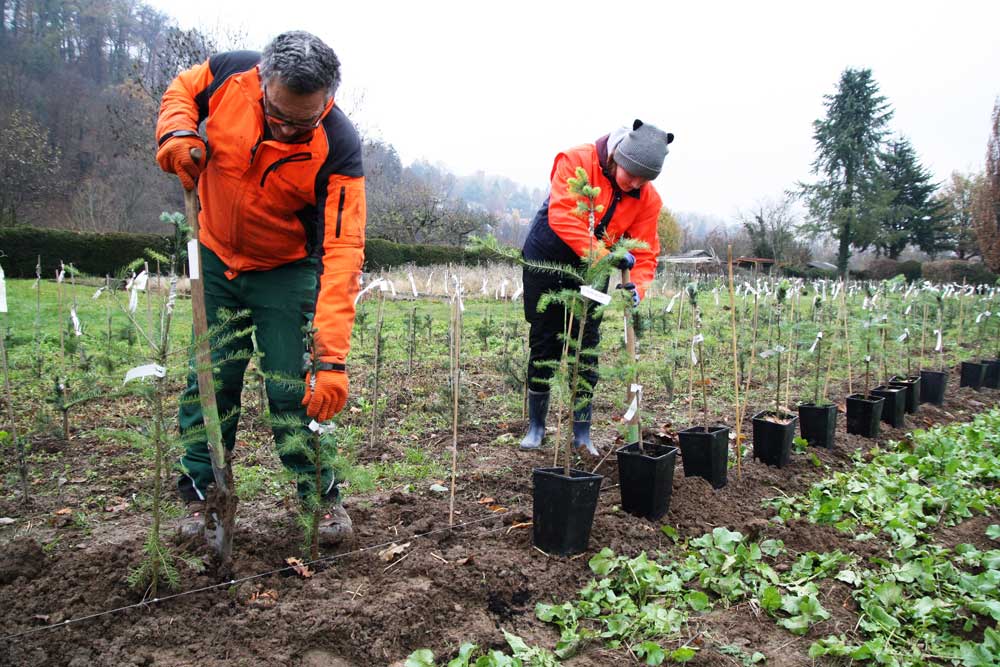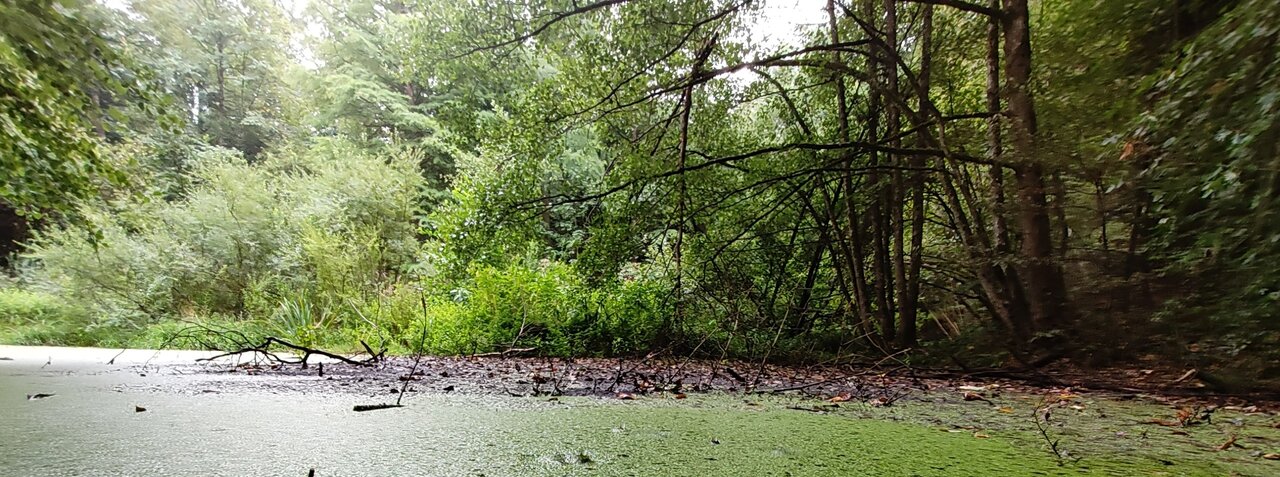Forest nature conservation
Nature conservation issues are of great importance to society. The overarching aim of forest nature conservation is to preserve and promote the biological diversity of forests. Nowadays, more than ever before, forests are exposed to different pressures, which must be recognised and balanced simultaneously. Nature conservation in forests includes a broad range of topics: protection of endangered animal and plant species as well as forest types (communities) and genetic diversity within species, preservation of rare and valuable forest habitats, and further development of close-to-nature forest management in accordance with forest nature conservation goals. Further on, a biotope network encompassing both forests and open land is essential. Adaptation strategies mitigating the effects of climate change and concepts dealing with invasive animal and plant species must be developed. The Forest Nature Conservation Department takes on these tasks, bundles and addresses them in projects that are carried out in five thematic fields of work.
Fields of work
Forest plant ecology
Forest plant ecology provides the fundamental site- and vegetation-related knowledge necessary for the sustainable development, management and utilisation of forests. We are responsible for development and optimisation of methods describing and classifying forest sites according to climate, geomorphology, soil properties as well as current and potential natural vegetation. We manage the forest site mapping in the state of Baden-Württemberg assuring the quality of the information. Site-related data including corresponding spatial information are maintained in databases.
Knowledge of vegetation ecology is used to draw up specialised concepts for the enhancement and development of special forest types e.g.: nutrient-poor, sparsely vegetated forests or moist and bog forests. Examples of these are implemented e.g. by reintroduction of historical forest management and utilisation systems. Forest target species – selected out of the groups of vascular plants, mosses, lichens and fungi – are additionally selected and monitored to ensure the quality of forest habitats. Current research activities focusing on the adverse effects of nitrogen deposition and invasive neophytes on forests are carried out in dedicated projects.
Contact
Forest biotope mapping
Forest biotope mapping, as selective biotope mapping, records and monitors biotopes, special forest structures or populations of species that are protected under nature conservation law and forest law in forests of Baden-Württemberg. Specific measures for biotope management, care and development are formulated as well. Since 1989, forest biotope mapping has been carried out according to a standardised nationwide methodology in forests of all tenure types. Recording criteria are: rarity, endangerment and naturalness. The recording unit is a defined individual biotope. Since 2007, Natura 2000 forest habitat types have also been identified and assessed to provide valuable input for the National Reporting under the EU Habitats Directive.
Consideration and implementation of forest biotope mapping in forestry practice is primarily achieved through its integration into forest management planning. Private forest owners can use forest biotope mapping to determine which protection subjects are found in their forests and how they can conserve and develop them systematically.
Regular and occasional updates of the biotope inventory, complemented with special data processing, ensure that the available biotope data are up to date and fulfil the requirements of forest planning. These data are therefore an important basis for other forestry and nature conservation projects.
FURTHER INFORMATION
- ‘Waldbiotopkartierung’ (Forest biotope mapping) (only available in German)
Contact
Axel Wedler
Forest reserves
Forest reserves (§32 LWaldG) are complementary instruments for enhancing forest biodiversity: while strict forest reserves [“Bannwälder”] are set aside to develop naturally, special forest reserves [“Schonwälder”] allow implementation of development measures for achieving specific biotope and species protection objectives.
The focus of our research and monitoring lies on the relationships between forest structures and biodiversity. How do different forest management systems (and intensities) and nature conservation measures affect forest target species that are dependent on particular structures? How can these species be effectively promoted?
Terrestrial inventory methods, supplemented by remote sensing and spatial modelling, are used to derive target values for biodiversity based on forest structures, and to identify priority areas for biodiversity conservation. We also carry out long-term monitoring of forest structures in order to study natural forest dynamics in strict forest reserves and to evaluate the achievements of the conservation goals in special forest reserves. The results are made available to forest managers via a forest nature conservation information system.
Contact
Natura 2000
Throughout the EU member states, representatively selected animal and plant species (annex species of the Habitats and the Birds Directives) as well as habitat types – many of which occur in forests – are to be protected as part of the European natural heritage. To achieve this goal, a special conservation management is to be conducted within the network of Natura 2000 sites. We develop concepts to integrate respective conservation measures into forest management. In this regard, we compile a consulting approach to support forest owners in implementing conservation management at Natura 2000 site level.
Mapping of the above mentioned annex species in forests and developing conservation concepts for strictly protected species like the yellow-bellied toad (Bombina variegata) are further fields of work. We develop preventive concepts like the old-growth and deadwood concept and supervise the related implementation processes.
By monitoring the Natura 2000 forest habitat types in Baden-Württemberg we are providing substantial information to the national reporting under the EU Habitats Directive.
All activities are carried out in close coordination with forest and nature conservation administrations and forestry practitioners.
Contact
Forest genetics and forest reproductive material
This work field focuses on analysing the genetic composition of forest ecosystems in Baden-Württemberg and their changes in space and time under the influence of climatic and site factors as well as silvicultural practices. DNA analyses with molecular genetic markers are the main tool used for this purpose. Depending on the case, isoenzymes are deployed, too, when leading to reliable and meaningful results at low cost. Methods of forest genetics are applied to different groups of organisms: wild animals, pests and pathogens, rare and endangered species, as well as the objects designated for conservation as forest genetic resources.
Contact
Further development of the general concept for forest nature conservation
In 2014, the "general concept for forest nature conservation" (GK WNS) came into force in Baden-Württemberg. This concept for the state forests puts the nature protection strategy of Baden Württemberg in concrete terms.
The concept bundles a multitude of different environmental protection laws and regulations aiming to resolve conflicts of interest and facilitate the practical implementation of species and biotope protection.
The concept is currently being revised in order to expand it to municipal and private forests and to include topics that are currently insufficiently addressed.
